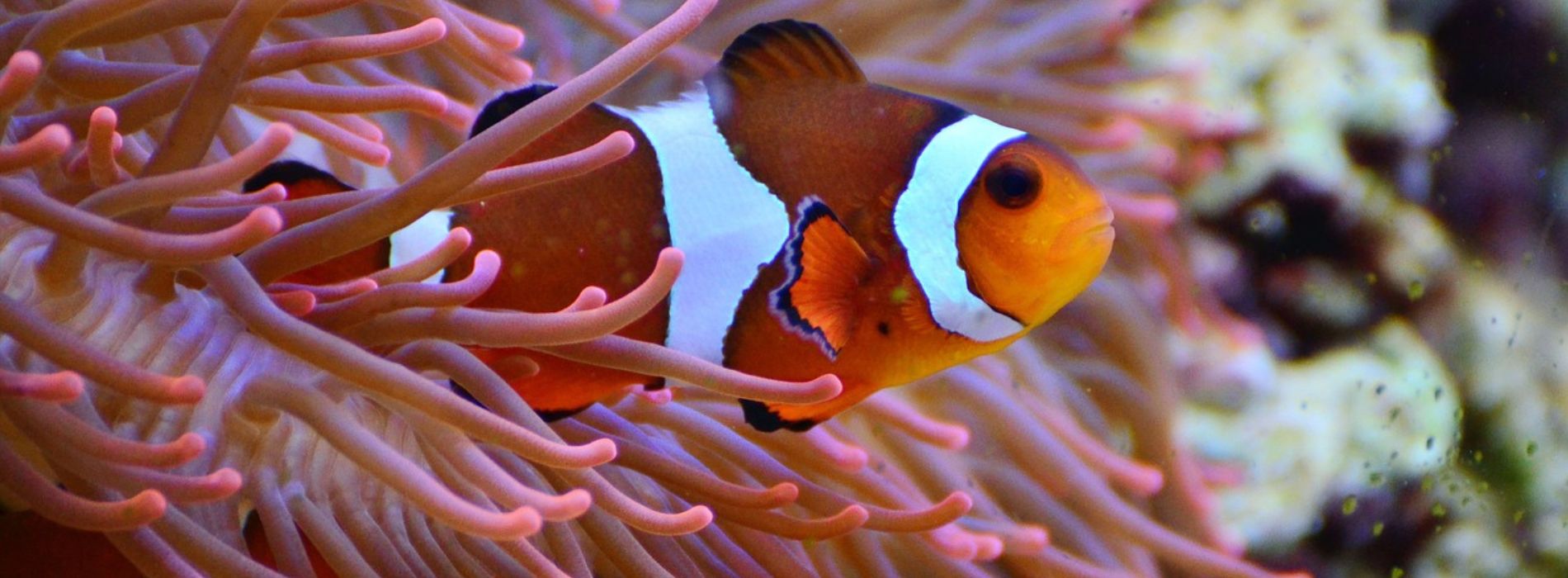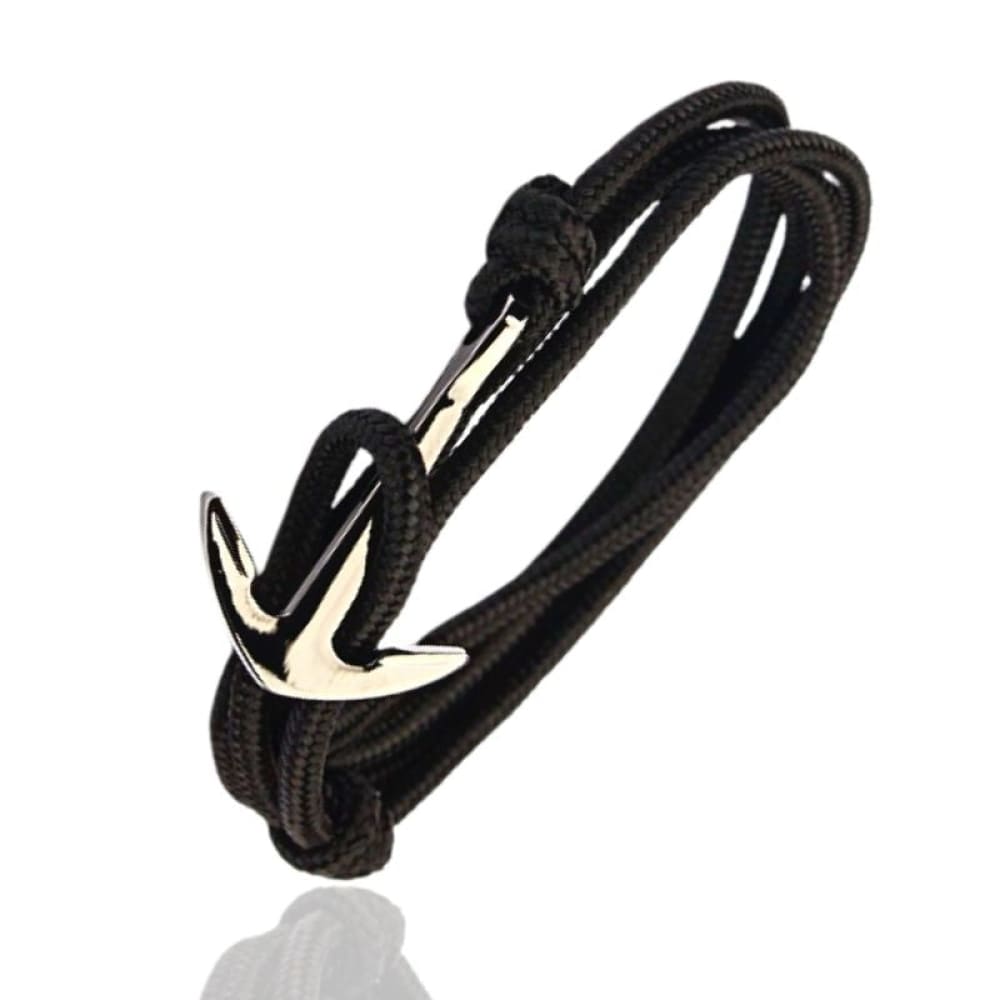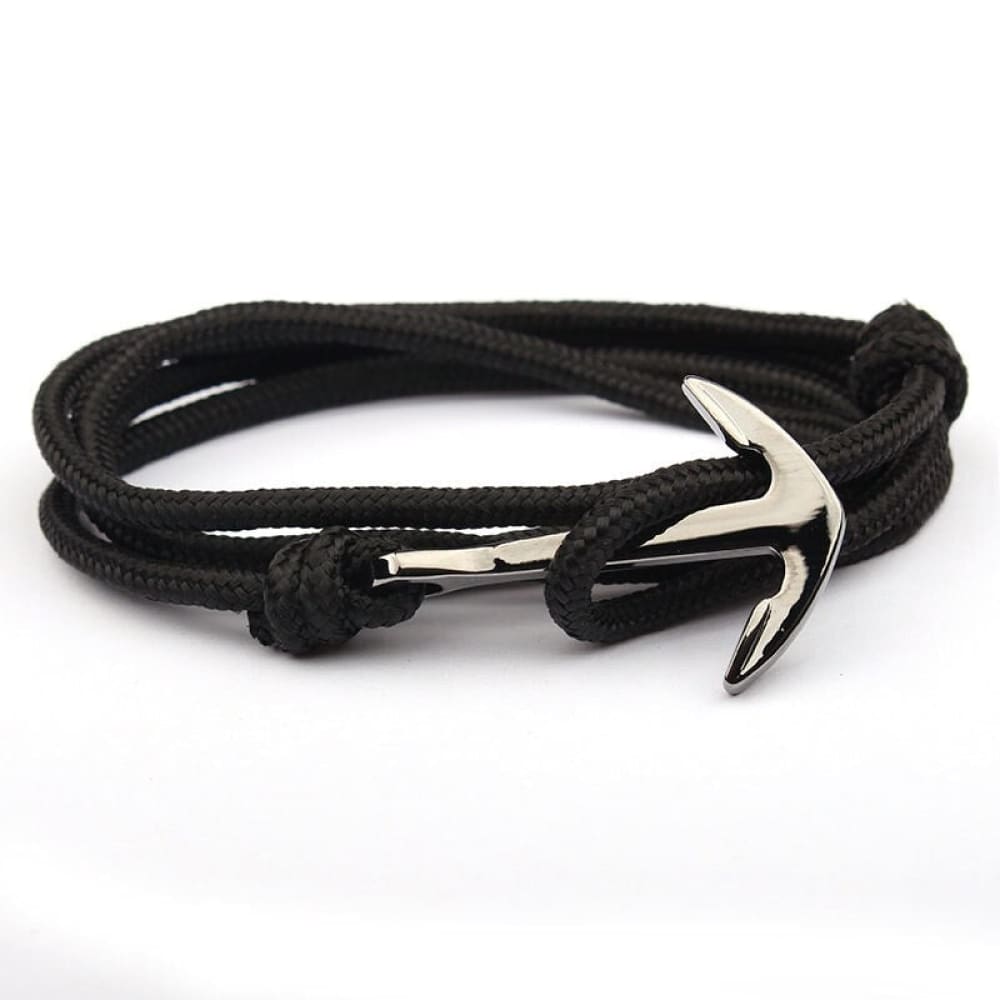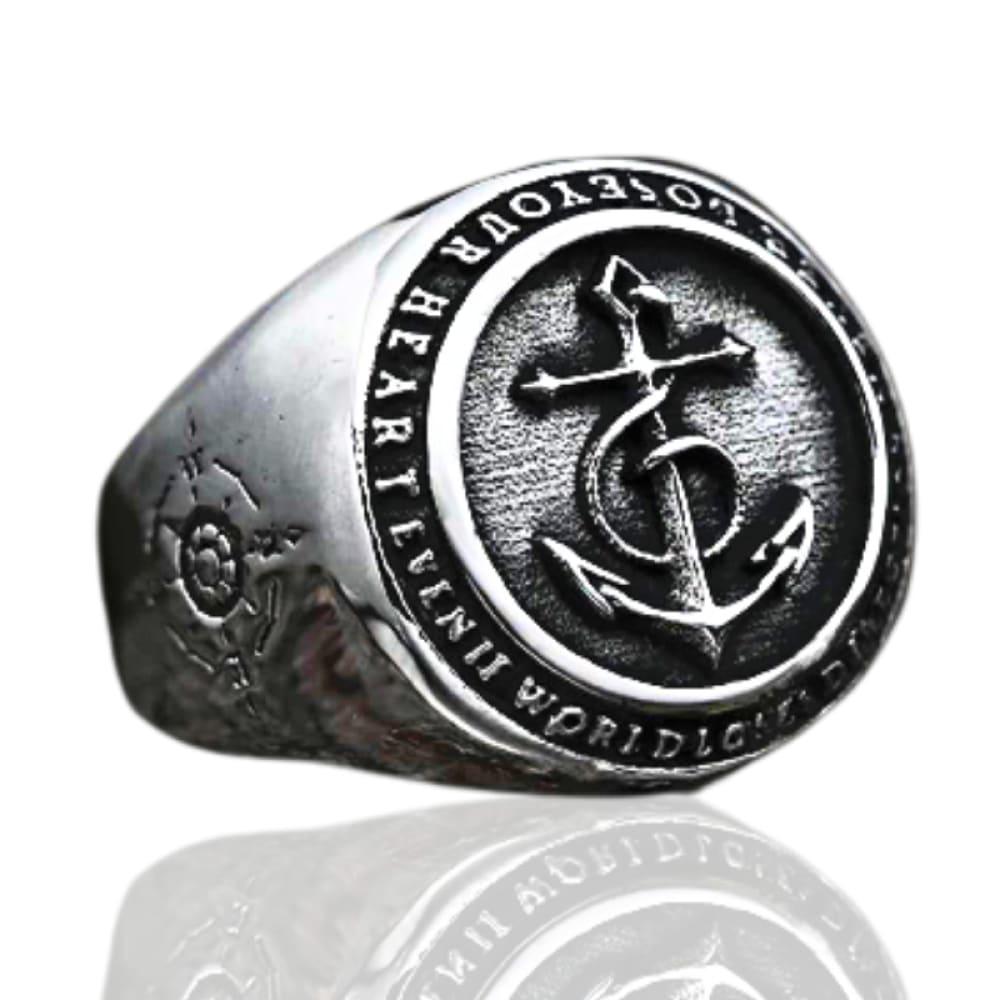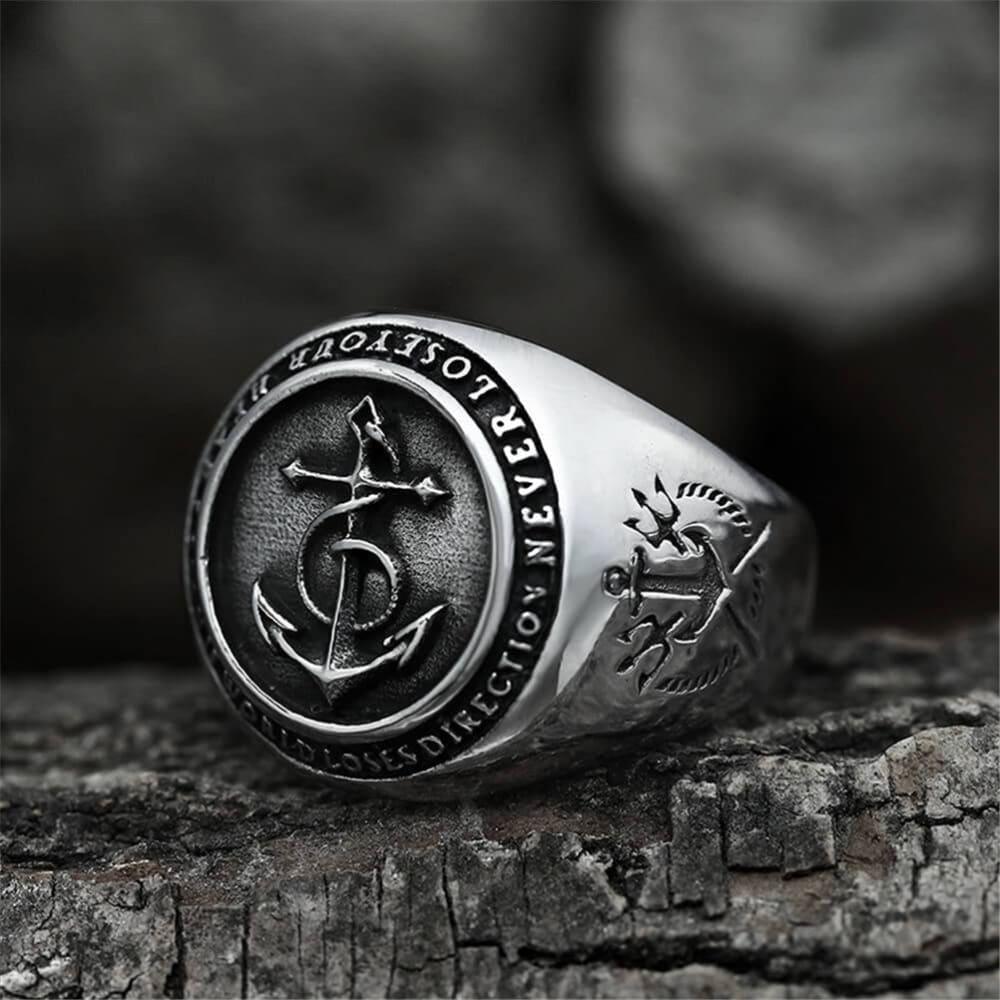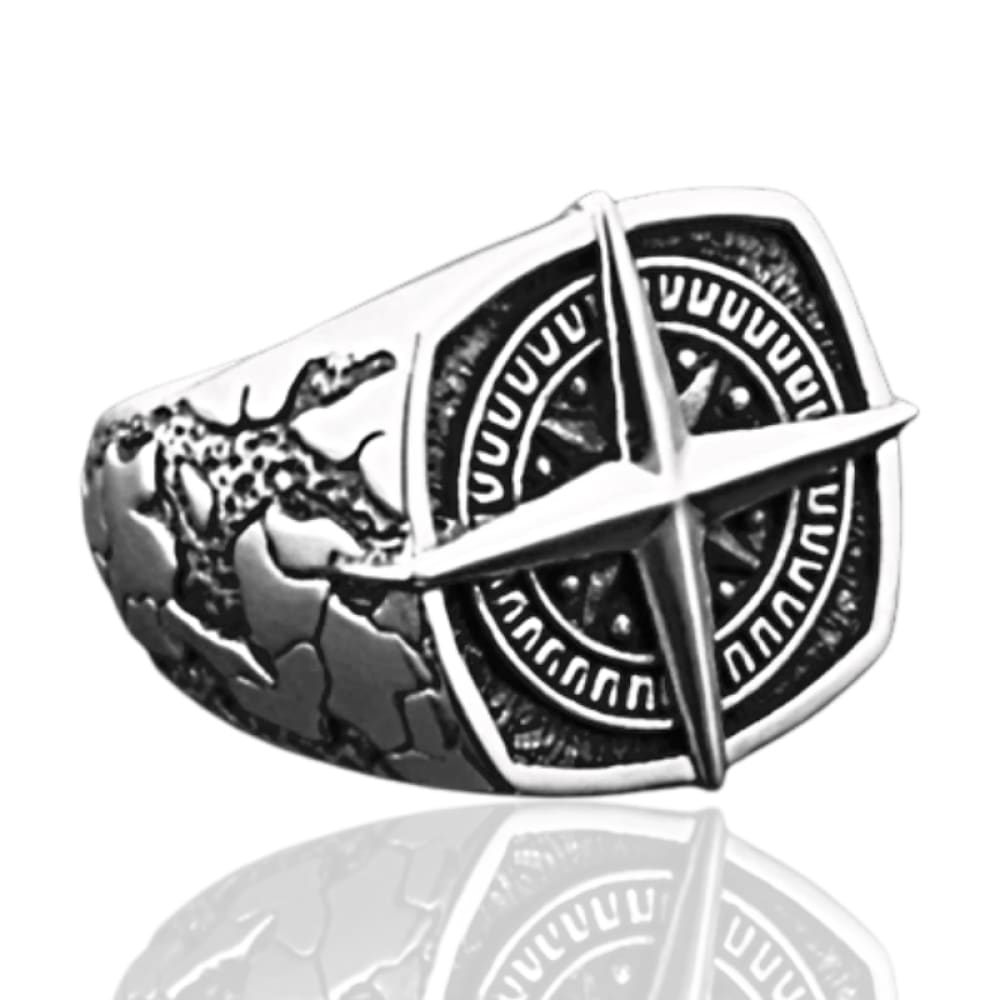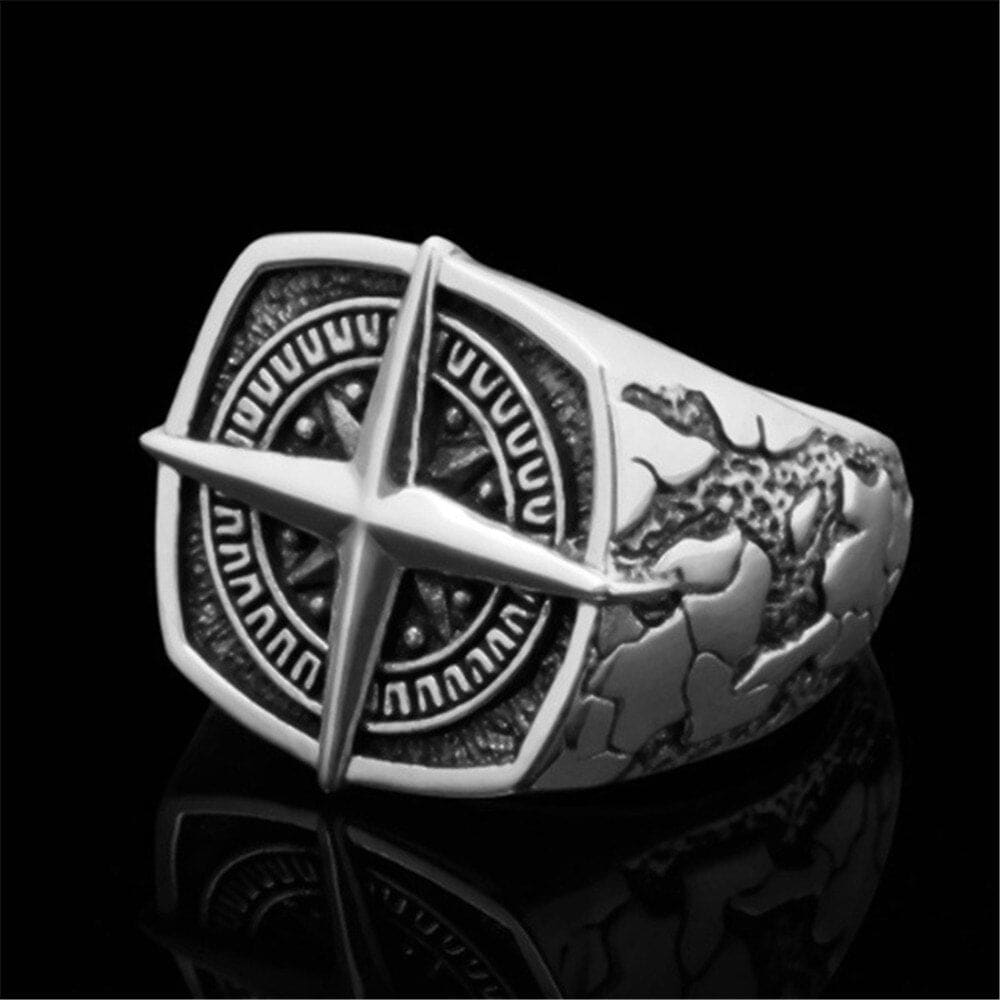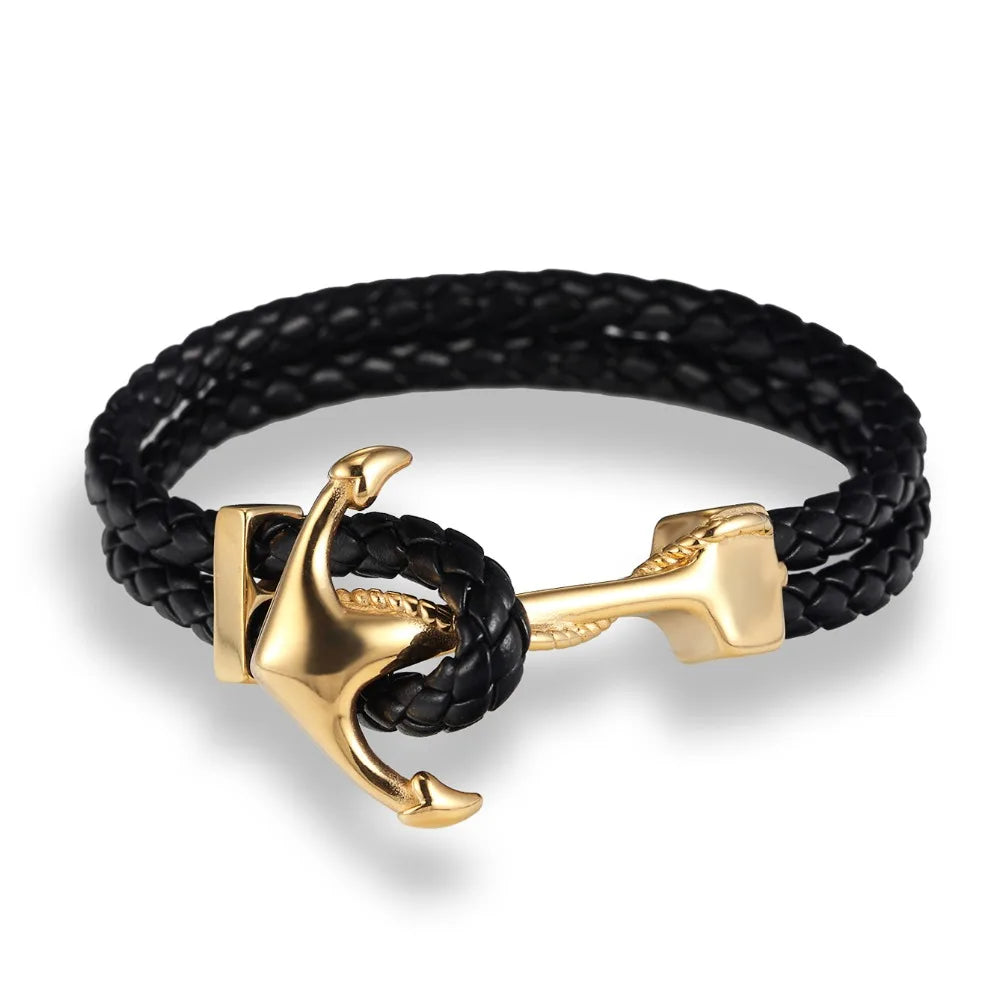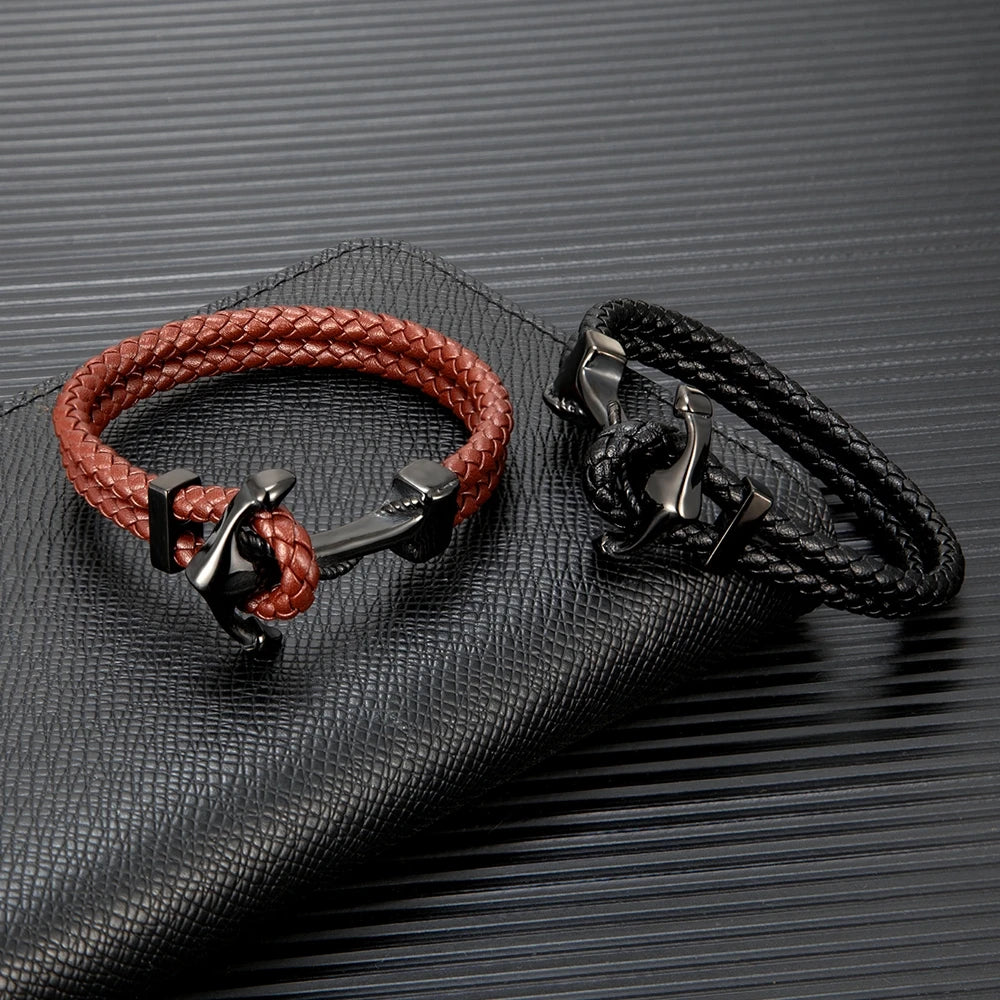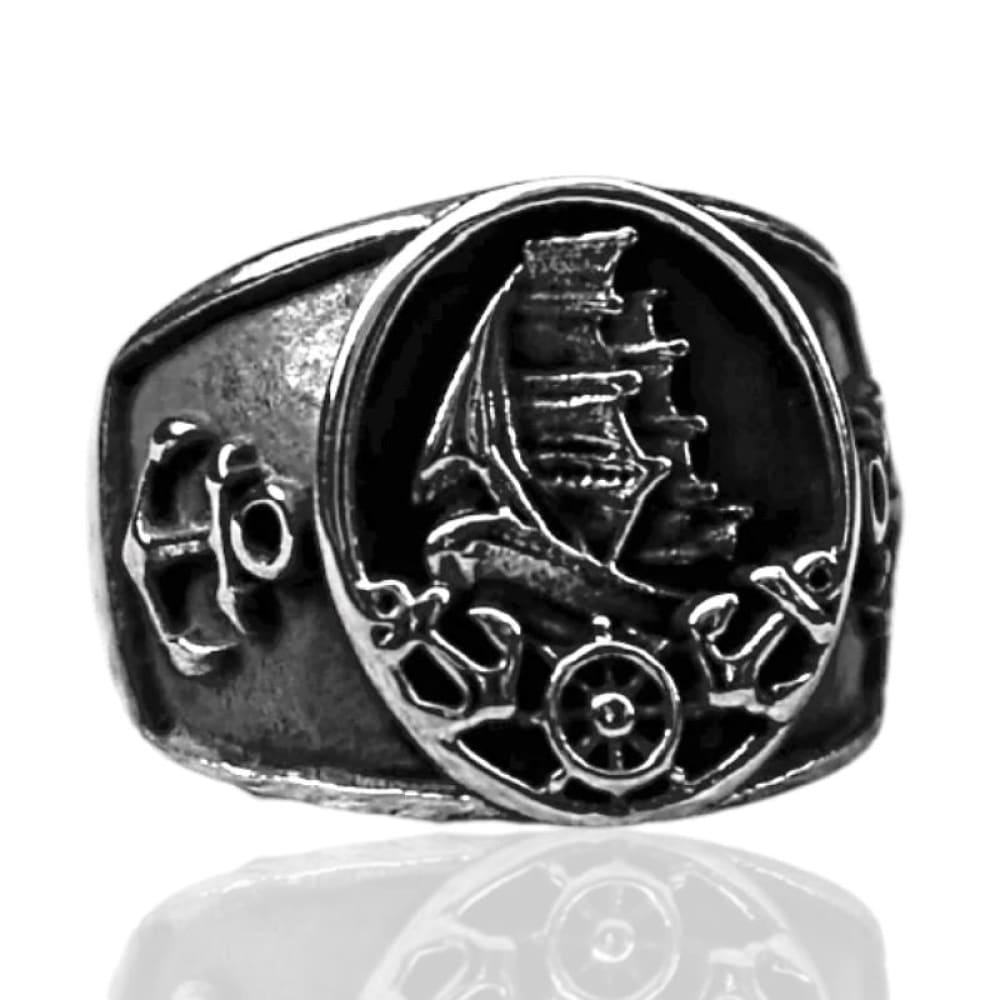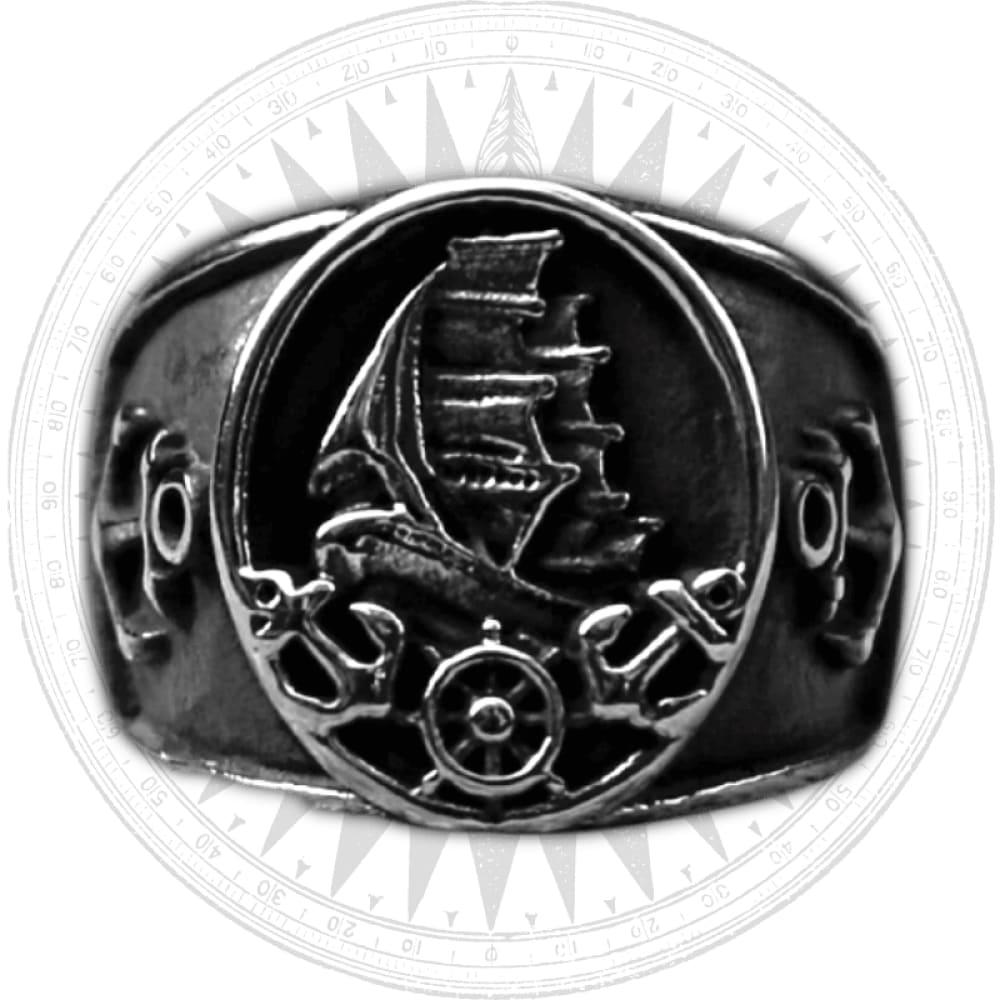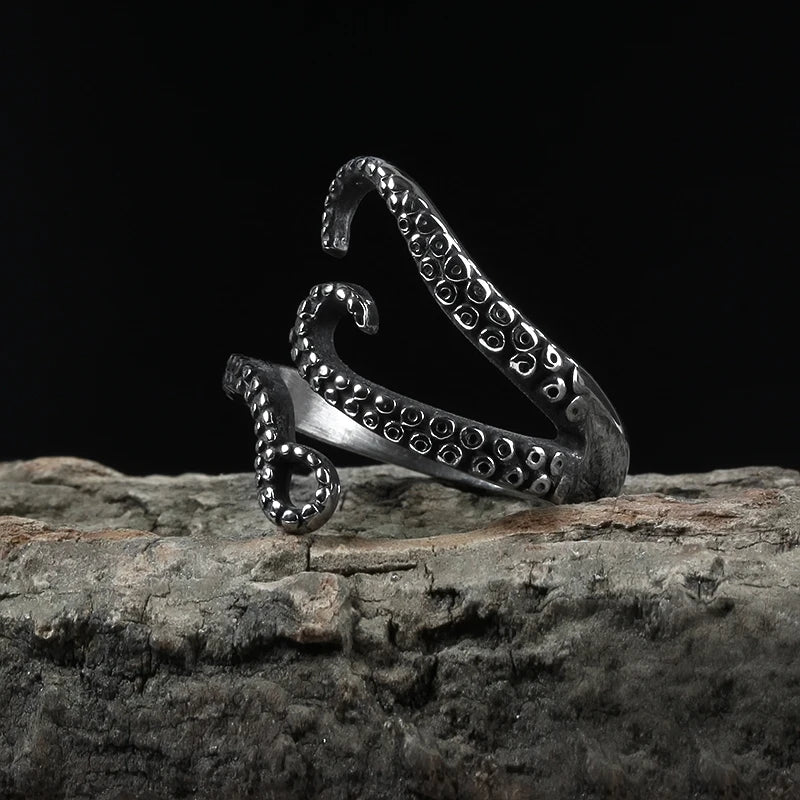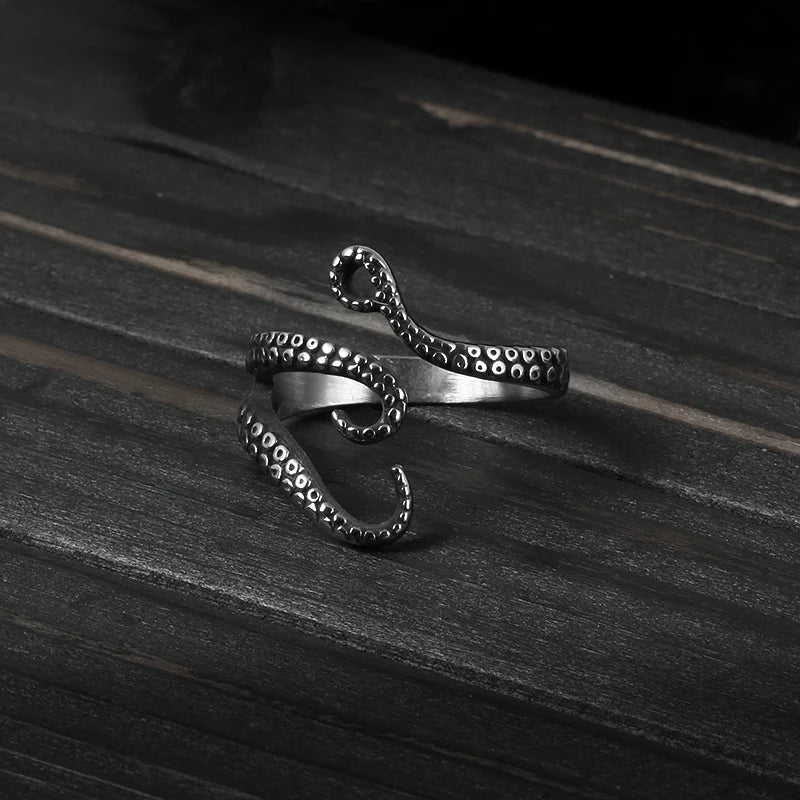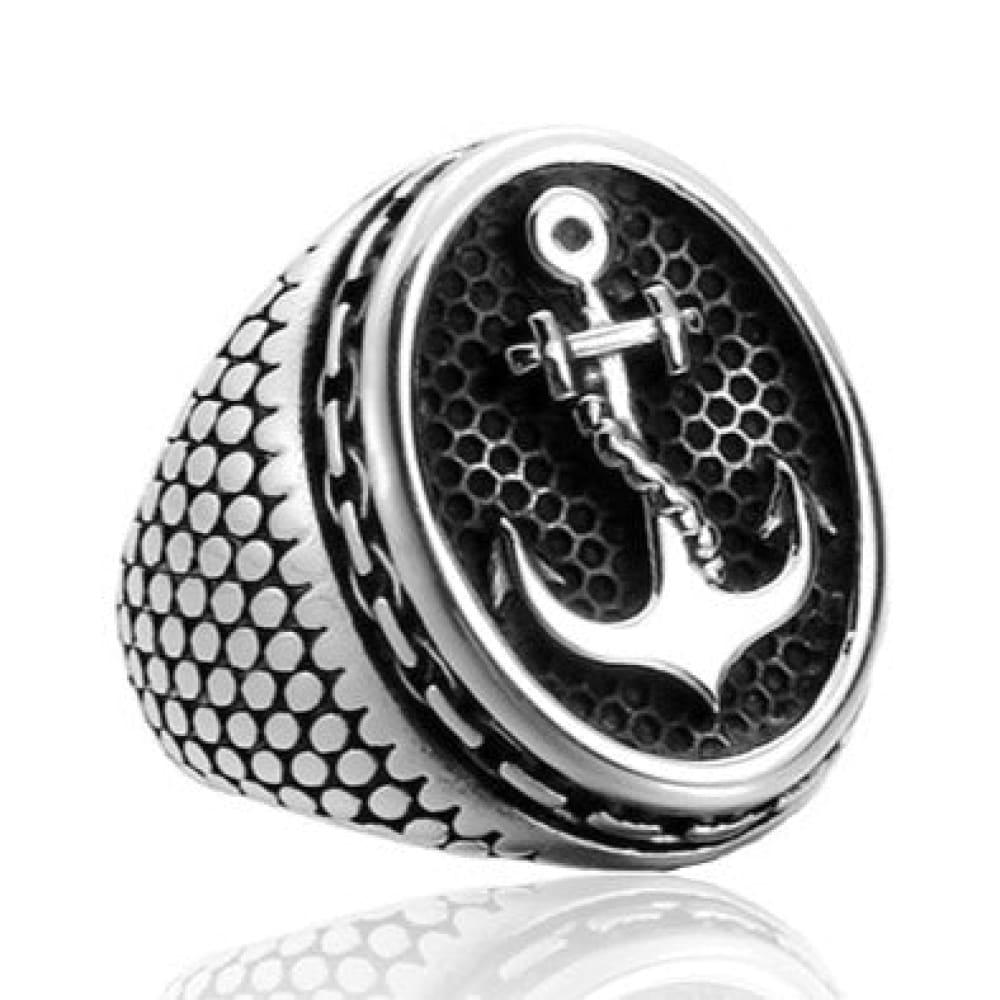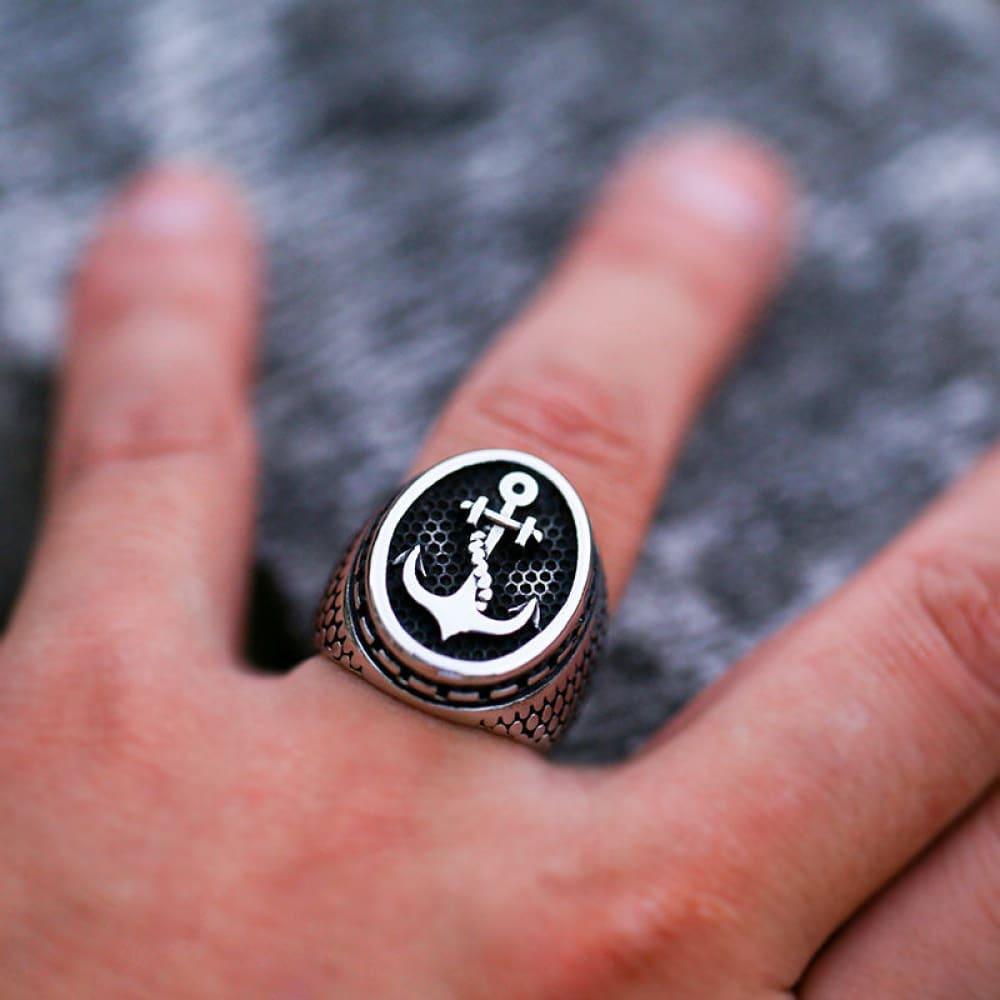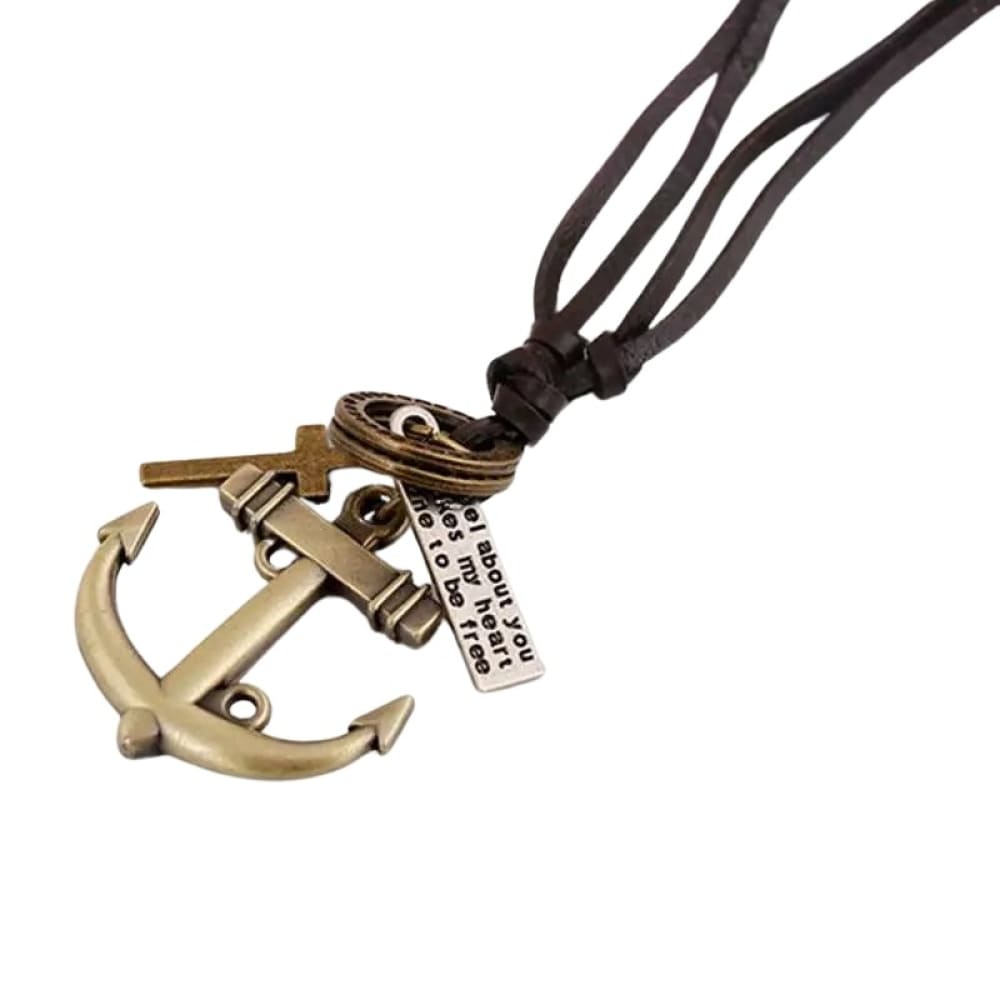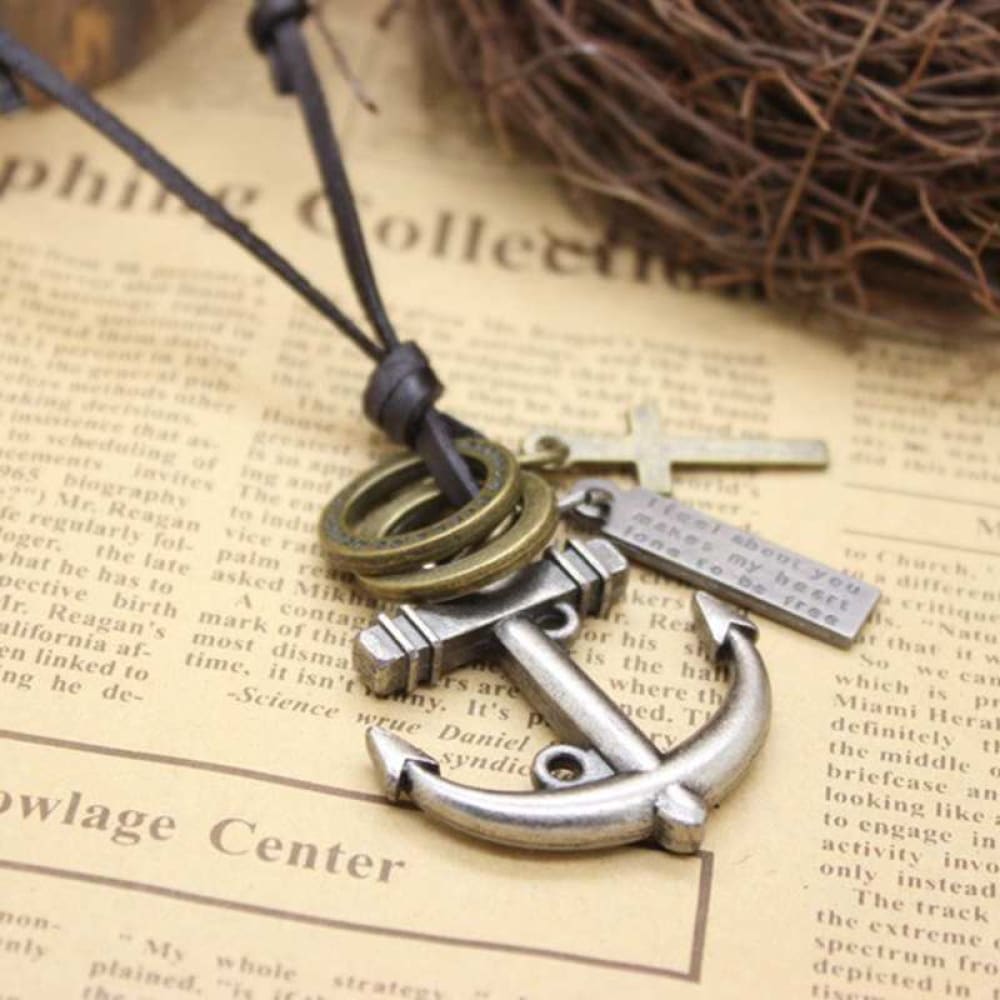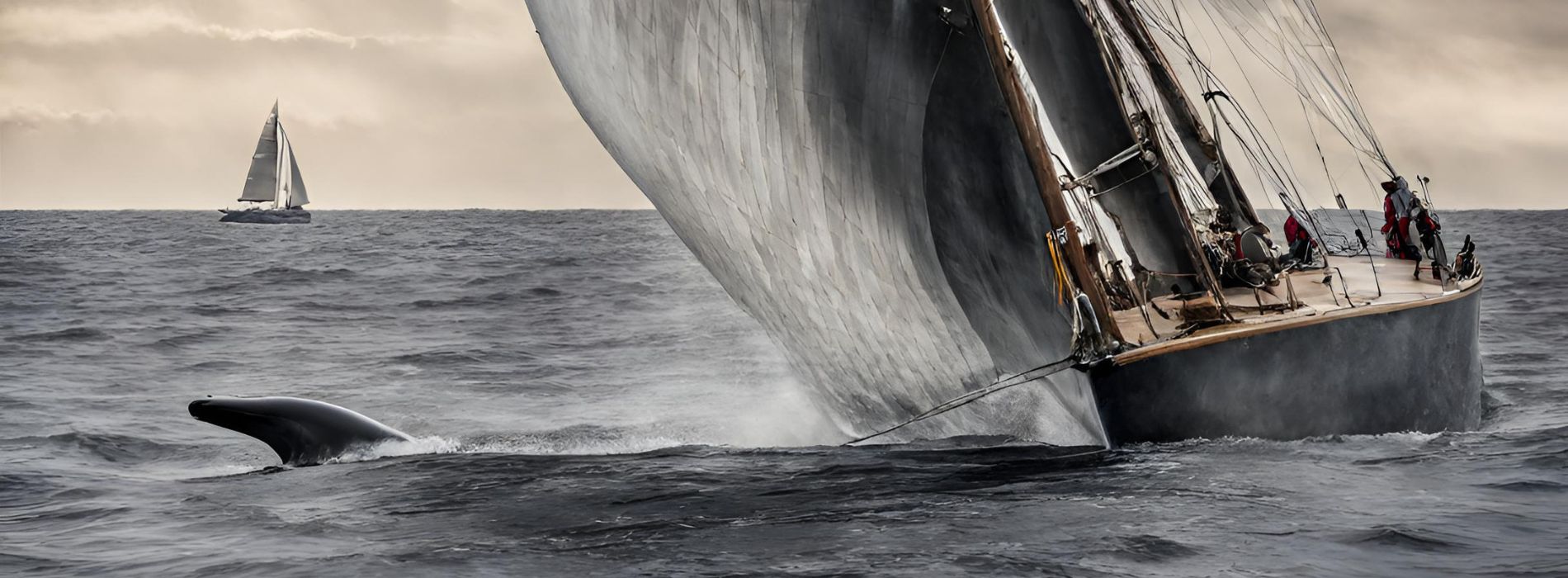Welcome to the enchanting world of the clownfish, a beloved species that has captured the hearts of marine enthusiasts and moviegoers alike. Made famous by the iconic film Finding Nemo, the clownfish, specifically the ocellaris clownfish, is a popular choice for saltwater aquariums. In this article, we will delve into their fascinating life, exploring their origins, appearance, care requirements, and more. Get ready to embark on a journey into the vibrant and captivating world of this fish.
Table of Contents
- Introduction
- Origins and Distribution
- Appearance and Colors
- Compatibility and Tankmates
- Habitat and Care
- Feeding and Diet
- Breeding and Reproduction
- Fun Facts about clownfish
- Conservation Status
- Our last words
Origins and Distribution

The ocellaris clownfish, scientifically known as Amphiprion ocellaris, is native to the Eastern Indian Ocean and the Western Pacific Ocean. However, due to captive breeding programs, most of them available in the pet trade today are bred in captivity. It is always recommended to inquire about the origin of the fish and opt for captive-bred specimens whenever possible, as this helps protect the wild population.
Appearance and Colors
This fish is renowned for its vibrant and eye-catching colors. The traditional coloration of this species includes an orange body with black and white-tipped fins, adorned with three distinct white bands bordered by black. These bands run along the back of the head, midbody, and tail peduncle. However, thanks to captive breeding programs, various color variations are now readily available in the pet trade. These variations can include black or white bodies with different patterns of white.
The orange color of this creature can range from a light orange to a deep orange-red, depending on its genetic profile. This beautiful coloration adds a captivating splash of vibrancy to any aquarium.
Compatibility and Tankmates

They are known for their peaceful nature, making them excellent tankmates for a wide range of fish and invertebrates. They are considered "reef-safe," meaning they do not harm corals or other larger invertebrates. Additionally, clownfish have a symbiotic relationship with sea anemones, which provides them with a natural habitat and protection.
When considering tankmates for your beauty, it's important to choose species that are compatible with their peaceful temperament. Some suitable tankmates include yellow tangs, Pacific blue tangs, and blue-green chromis. However, always research each species' specific care requirements and temperament to ensure a harmonious aquarium environment.
Habitat and Care
Ocellaris clownfish can thrive in a variety of saltwater aquarium setups. Their small size, reaching up to 3 inches in length, makes them suitable for smaller aquariums. They can even be kept in nano aquarium setups, provided there aren't too many other fish present. It's important to ensure the tank size is appropriate for all the species you add and that the filtration system can effectively handle the waste produced.
They are well-suited to reef aquariums, as they are reef safe and do not harm corals or other invertebrates. They appreciate the presence of a soft anemone as it provides them with a natural habitat and a source of protection. Bubble tip anemones are a popular choice for clownfish owners, but it's crucial to thoroughly research the specific requirements of any anemone or invertebrate before adding it to your tank.
Maintaining pristine water quality is essential for the health and its well-being. Regular water testing, proper filtration, and regular water changes are crucial for their care. It's also important to monitor parameters such as pH, temperature, and hardness to ensure optimal conditions.
Feeding and Diet

They are omnivorous, meaning they eat a combination of meat and plant matter. In the wild, they feed on plankton and algae. In captivity, they can be fed a nutritionally complete pelleted diet specifically formulated for saltwater fish. Adding meaty treats, such as brine shrimp or mysis shrimp, as well as algae treats and raw vegetables, can provide additional variety and nutrition to their diet.
Feeding smaller meals throughout the day is ideal for their digestion, as their metabolism operates at a constant rate. Scatter the food throughout the aquarium to ensure all fish have a fair chance at feeding. Avoid leaving uneaten food in the tank for too long, as it can lead to water quality issues.
Breeding and Reproduction

Clownfish, including the ocellaris species, are known for their fascinating reproductive behaviors. They exhibit a unique reproductive strategy called protandrous hermaphroditism, where they are initially born male and can transform into females later in life. This reproductive hierarchy is crucial for maintaining social structure within their groups.
Breeding this fish in captivity is relatively easy, and it has become a popular endeavor for many aquarium enthusiasts. To encourage breeding, provide a diet rich in protein and fat to stimulate gamete production. It's also essential to create a designated breeding tank with pristine water quality and possibly the presence of an anemone, as clownfish typically lay their eggs near them for protection.
Once the female lays a clutch of eggs, which can number in the hundreds, the male will fertilize them. The eggs will hatch after approximately six to eight days, and the male will diligently tend to them. It is crucial to remove the adult brood stock from the tank after the eggs hatch to prevent them from consuming the fry. Feeding the fry with appropriate food, such as commercial fry foods or newly hatched brine shrimp, is essential for their growth and development.
Fun Facts about clownfish
-
Did you know that they have a special mucus coating on their skin that protects them from the stinging cells of sea anemones? This adaptation allows them to live safely in symbiotic relationships with these fascinating creatures.
-
They are capable of changing their sex. The largest male in a group will transition into a female when the need arises. This ensures the continuation of the species and maintains a balanced social structure within their groups.
-
The iconic orange coloration of these fishes serves as a form of protection in their natural habitat. It helps them blend in with the vibrant colors of their coral reef homes, making it harder for predators to spot them.
-
They are excellent parents. The male takes on the responsibility of tending to the eggs, protecting them from threats, and ensuring their survival until they hatch.
Conservation Status

This specie is currently classified as a species of Least Concern by the International Union for Conservation of Nature (IUCN). However, it is essential to be mindful of the impact of the aquarium trade on wild populations. Opting for captive-bred specimens and supporting sustainable aquaculture practices can help reduce the demand for wild-caught clownfish and contribute to their conservation.
Our last words
The ocellaris clownfish is a captivating and beloved species that has captured the hearts and imaginations of people around the world. From its vibrant colors to its fascinating reproductive behaviors, this fish offers a world of wonder and enchantment for marine enthusiasts. With proper care, a suitable habitat, and a diet tailored to their needs, ocellaris clownfish can thrive in captivity, bringing joy and beauty to any saltwater aquarium. So, why not bring a touch of the ocean into your home with these delightful and charismatic creatures? Dive into the world of the ocellaris clownfish and experience the magic for yourself.
if you want to learn more about clownfish specie, visit here !
We hope you've liked this article about the Ocellaris clownfish !
Feel free to subscribe to our private newsletter to receive more exclusive article. You will also receive a 10% bonus discount for our sea world catalogue. You will be notified via email whenever we release a new wonderful jewelry piece of the ocean.
Feel free also to go check out our website, we provide the best sea content and we offer you the best nautical jewelry all around the globe !

